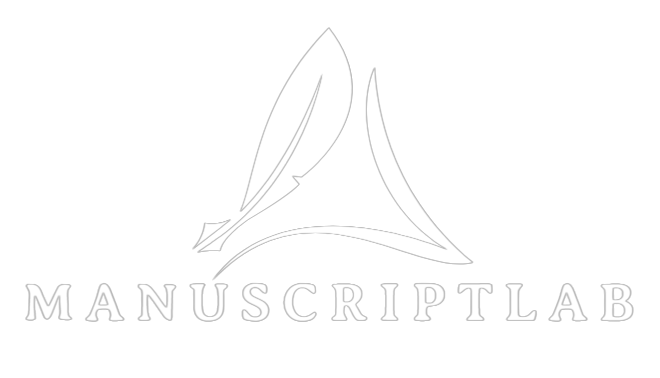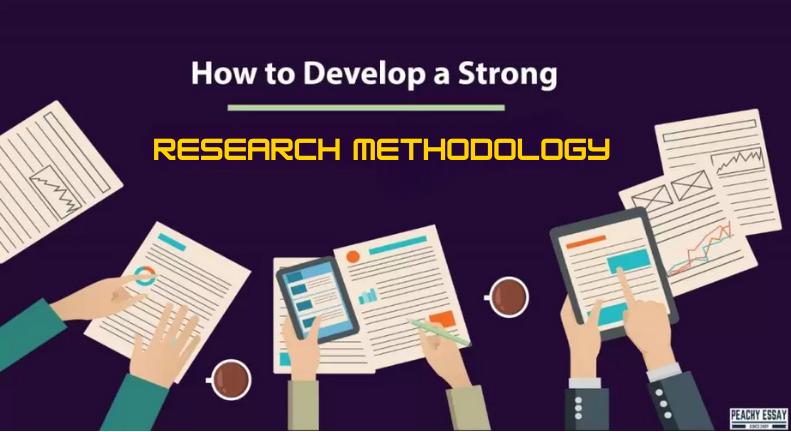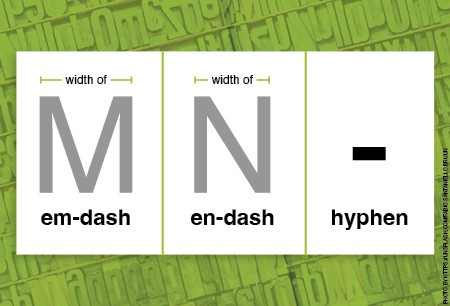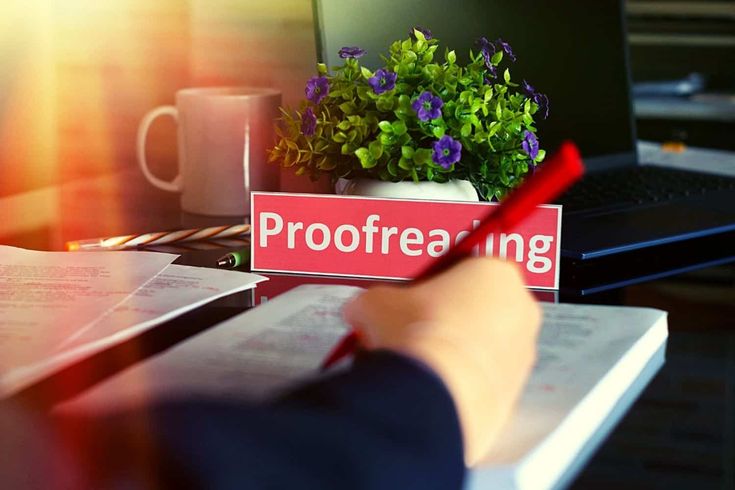In academic and professional writing, plagiarism is widely recognized as an unethical practice that involves using someone else’s work or ideas without proper attribution. However, a lesser-known but equally important concept is self-plagiarism. At first glance, the term might seem paradoxical—after all, how can you plagiarize yourself? However, self-plagiarism, also known as “duplicate publication” or “text recycling,” is a serious issue that raises important ethical questions, particularly in academic, scientific, and creative fields.
Definition of Self-Plagiarism
Self-plagiarism occurs when an individual republishes or reuses significant portions of their previous work without proper citation or acknowledgment. This could involve republishing a paper, submitting the same work to different journals, or using sections of an old essay in a new assignment. While the original author might technically own the intellectual rights to their work, reusing it without indicating that the content is not new can be misleading to readers, peers, or publishers. This act is considered unethical in many academic and professional contexts.
In simple terms, self-plagiarism is presenting one’s previous work as if it were new or original, without disclosing that it has been used before. The ethical breach arises not because the author is stealing someone else’s ideas, but because they are recycling their own ideas in a deceptive or misleading way.
Why Is Self-Plagiarism Problematic?
At first glance, one might wonder why self-plagiarism should be considered unethical if the content in question belongs to the original author. The core issue lies in misrepresentation and intellectual dishonesty. In academic and professional writing, there is a tacit expectation that every submission presents new insights or original contributions to the field. By reusing previous work without proper disclosure, the author falsely implies that the work is entirely new, thereby misleading the reader or the evaluation committee.
Furthermore, in academic research, the practice of self-plagiarism can distort the scientific record by inflating the number of publications an author has, which may affect career advancement or funding decisions. Institutions and funding agencies often rely on publication metrics to evaluate a researcher’s productivity. Reusing the same content across multiple platforms can artificially inflate these metrics, providing an inaccurate picture of one’s contributions to the field.
In addition, journals, conferences, and publishers have strict guidelines about originality. Submitting previously published work as though it were original is a violation of their policies and can have serious consequences, including retraction of papers and damage to the author’s reputation.
Types of Self-Plagiarism
To understand self-plagiarism more comprehensively, it is helpful to differentiate between the various forms it can take:
Verbatim Self-Plagiarism:
This occurs when large portions of text from a previous work are reused verbatim without citation. For example, if a researcher copies a significant part of a previously published paper into a new manuscript, this constitutes verbatim self-plagiarism. While authors are allowed to cite their own work, they must do so transparently by clearly referencing the previous publication.
Redundant Publication: Also known as duplicate publication, this occurs when an author submits the same paper or very similar work to multiple outlets. This form of self-plagiarism is particularly problematic in academia because it artificially inflates the author’s publication record and wastes the time and resources of reviewers and editors.
Text Recycling:
This involves reusing text from previous work in a new submission without acknowledgment. While using the same methods section or literature review in multiple papers might seem harmless, it still falls under the umbrella of self-plagiarism if the prior work is not cited. Readers deserve to know when and where the same text has been used before.
Salami Slicing:
In this scenario, an author divides a single substantial piece of research into smaller parts and publishes each part separately to increase their number of publications. While this practice might seem like a way to maximize productivity, it is often seen as an unethical attempt to manipulate publication metrics and can dilute the quality and impact of the research.
The Ethics of Self-Plagiarism
The ethical considerations surrounding self-plagiarism are nuanced, primarily because the reuse of one’s own work can, in some contexts, be acceptable or even encouraged. For instance, authors might rework portions of a previous paper in a book or edit and republish conference proceedings as journal articles with appropriate citations. However, the key ethical principle here is transparency. The problem with self-plagiarism arises when the reuse of prior work is not properly disclosed, misleading the audience about the originality of the content.
Ethically, self-plagiarism can be viewed as a violation of the trust placed in the author by their audience, institution, or employer. The act of submitting recycled work without disclosure compromises the integrity of the research process and academic discourse. It can also negatively affect other researchers, who may rely on the misleading assumption that a study offers new findings when, in reality, the research is simply a repackaged version of existing work.
Some institutions and professional bodies, such as the American Psychological Association (APA) and the Committee on Publication Ethics (COPE), have issued guidelines specifically addressing the issue of self-plagiarism. These organizations emphasize the importance of transparency and proper citation when reusing previously published material.

Legal and Institutional Consequences
The consequences of self-plagiarism can be significant. In academic settings, students who engage in self-plagiarism may face disciplinary action, ranging from a failing grade on an assignment to more serious academic sanctions.
For researchers, the consequences can include the retraction of published papers, loss of professional credibility, and even dismissal from academic positions. Journals, especially high-impact ones, often have strict anti-plagiarism policies, and violations of these can result in permanent bans on submitting future work.
In some cases, self-plagiarism can also have legal implications. Contracts with publishers often stipulate that the submitted work must be original and unpublished. Violating these terms could lead to breach of contract, with potential legal and financial ramifications.
How to Avoid Self-Plagiarism
Avoiding self-plagiarism requires conscious effort and adherence to ethical guidelines. The following strategies can help writers ensure that they do not unintentionally engage in self-plagiarism:
Proper Citation:
Always cite previous work, even if it is your own. If you are using portions of an old paper in a new submission, it is important to provide a full citation to the original work. This allows readers and reviewers to understand the context of the recycled material and assess the originality of the new work.
Paraphrasing and Rewriting:
While some overlap between previous and new work is inevitable, particularly in fields like science or social sciences where methods might be reused, it is critical to paraphrase or rewrite sections where appropriate. Rewriting helps ensure that the new work offers a fresh perspective and adds to the existing body of literature.
Disclose Reuse:
When reusing substantial parts of a previous work, it is advisable to provide an explicit statement in the new submission disclosing the extent of the reuse. Some journals have specific sections for such disclosures, and making the reuse transparent prevents the possibility of accusations of self-plagiarism.
Review Journal Policies:
Many journals and conferences have specific guidelines regarding self-plagiarism and text recycling. Familiarizing yourself with these guidelines can help you avoid accidental breaches of policy. It is also worth consulting resources like the COPE website, which provides comprehensive guidelines for authors and editors on maintaining ethical standards in academic publishing.
Use Plagiarism Detection Tools:
Tools like Turnitin or iThenticate are commonly used to detect plagiarism in academic writing. While these tools are typically designed to identify cases of traditional plagiarism, they can also flag instances of self-plagiarism by comparing the new submission to the author’s previously published works.
Collaborate with Editors and Reviewers:
In cases where text recycling is necessary—such as when an author is writing a follow-up study that builds directly on a previous work—clear communication with editors and reviewers is essential. By being upfront about the reuse of content and its justification, authors can prevent any misunderstandings.
Conclusion
Self-plagiarism is an often-overlooked ethical issue that carries significant academic, professional, and legal implications. By reusing substantial portions of their previous work without proper disclosure, authors mislead their readers, colleagues, and publishers, undermining the integrity of the research and publishing processes. In the academic world, where originality is highly prized, self-plagiarism can distort the scientific record and negatively impact scholarly communication.
To avoid self-plagiarism, authors must remain transparent in their reuse of previous work by properly citing older publications, rewriting where necessary, and clearly disclosing any instances of text recycling. By adhering to these principles, writers can ensure that their contributions to their field are both ethical and impactful, maintaining the trust of their peers and the academic community at large.
For those seeking further guidance on ethical writing practices, resources such as the Committee on Publication Ethics (COPE) and Turnitin’s Best Practices offer valuable insights into avoiding plagiarism and maintaining integrity in academic work.












